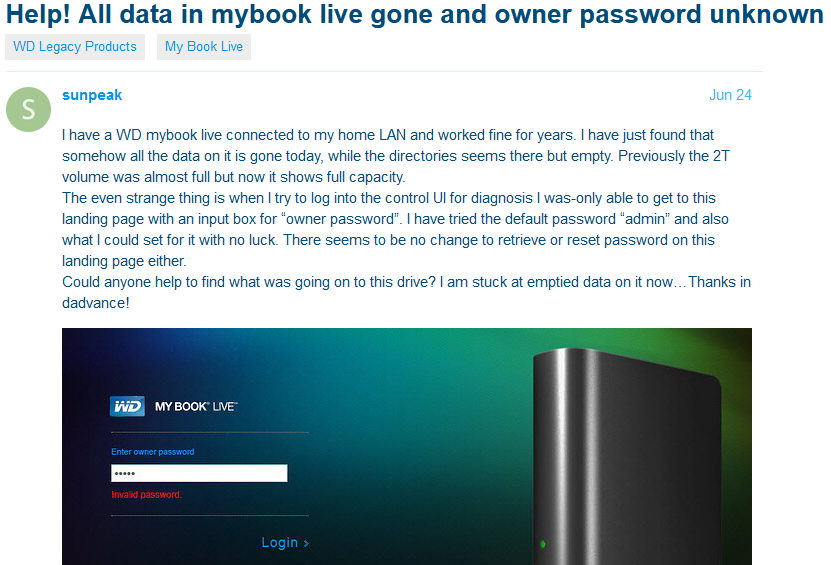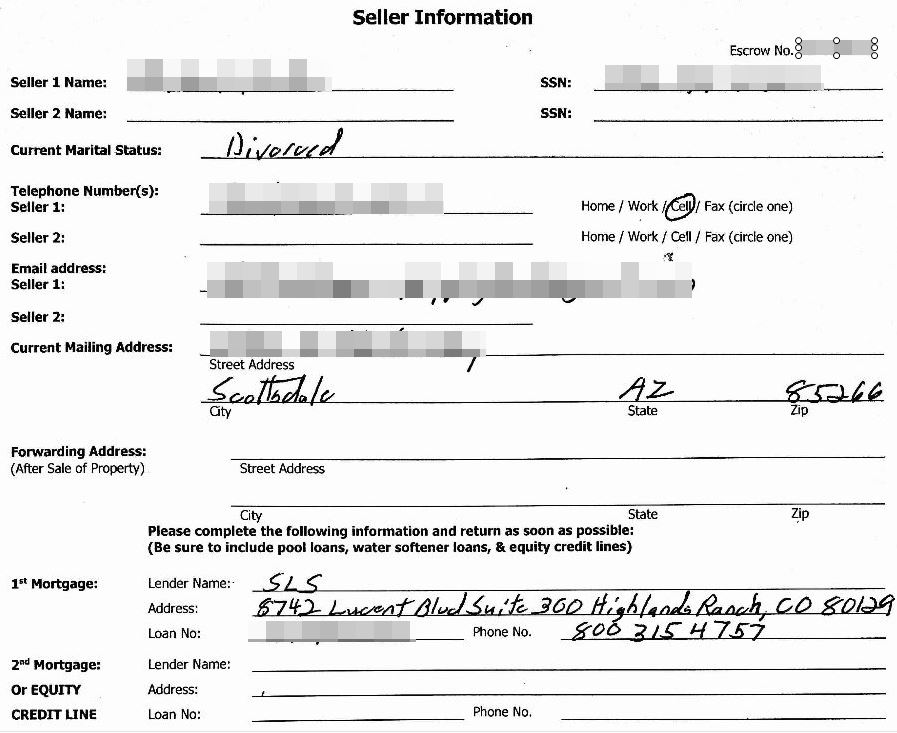Last summer, financial institutions throughout Texas started reporting a sudden increase in attacks involving well-orchestrated teams that would show up at night, use stolen trucks and heavy chains to rip Automated Teller Machines (ATMs) out of their foundations, and make off with the cash boxes inside. Now it appears the crime — known variously as “ATM smash-and-grab” or “chain gang” attacks — is rapidly increasing in other states.
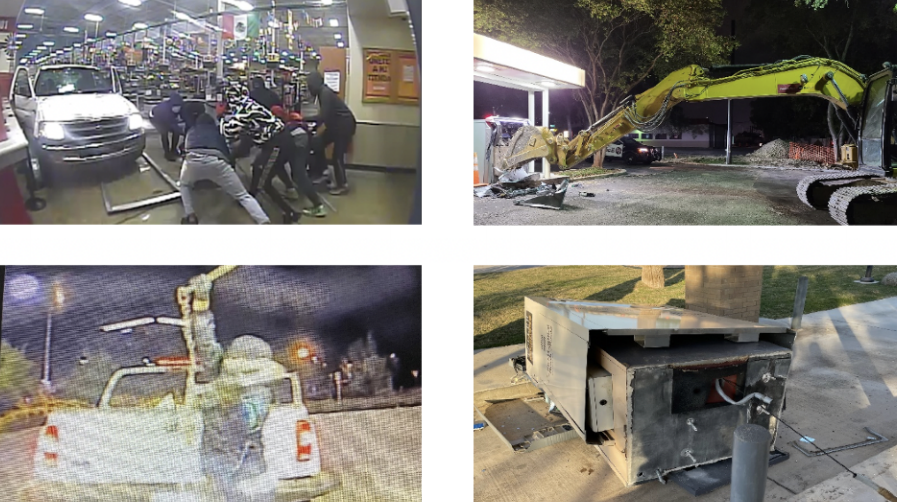
Four different ATM “chain gang” attacks in Texas recently. Image: Texas Bankers Association.
The Texas Bankers Association documented at least 139 chain gang attacks against Texas financial institutions in the year ending November 2020. The association says organized crime is the main source of the destructive activity, and that Houston-based FBI officials have made more than 50 arrests and are actively tracking about 250 individuals suspected of being part of these criminal rings.
From surveillance camera footage examined by fraud investigators, the perpetrators have followed the same playbook in each incident. The bad guys show up in the early morning hours with a truck or tractor that’s been stolen from a local construction site.
Then two or three masked men will pry the front covering from the ATM using crowbars, and attach heavy chains to the cash machine. The canisters of cash inside are exposed once the crooks pull the ATM’s safe door off using the stolen vehicle.
In nearly all cases, the perpetrators are done in less than five minutes.
Tracey Santor is the bond product manager for Travelers, which insures a large number of financial institutions against this type of crime. Santor said investigators questioning some of the suspects learned that the smash-and-grabs are used as a kind of initiation for would-be gang members.
“One of the things they found out during the arrest was the people wanting to be in the gang were told they had to bring them $250,000 within a week,” Santor said. “And they were given instructions on how to do it. I’ve also heard of cases where the perpetrators put construction cones around the ATM so it looks to anyone passing by that they’re legitimately doing construction at the site.”
Santor said the chain gang attacks have spread to other states, and that in the year ending June 2021 Travelers saw a 257 percent increase in the number of insurance claims related to ATM smash-and-grabs.
That 257 percent increase also includes claims involving incidents where attackers will crash a stolen car into a convenience store, and then in the ensuing commotion load the store’s ATM into the back of the vehicle and drive away.
In addition to any cash losses — which can often exceed $200,000 — replacing destroyed ATMs and any associated housing can take weeks, and newer model ATMs can cost $80,000 or more.
“It’s not stopping,” Santor said of the chain gang attacks. “In the last year we counted 32 separate states we’ve seen this type of attack in. Normally we are seeing single digits across the country. 2021 is going to be the same or worse for us than last year.” Continue reading








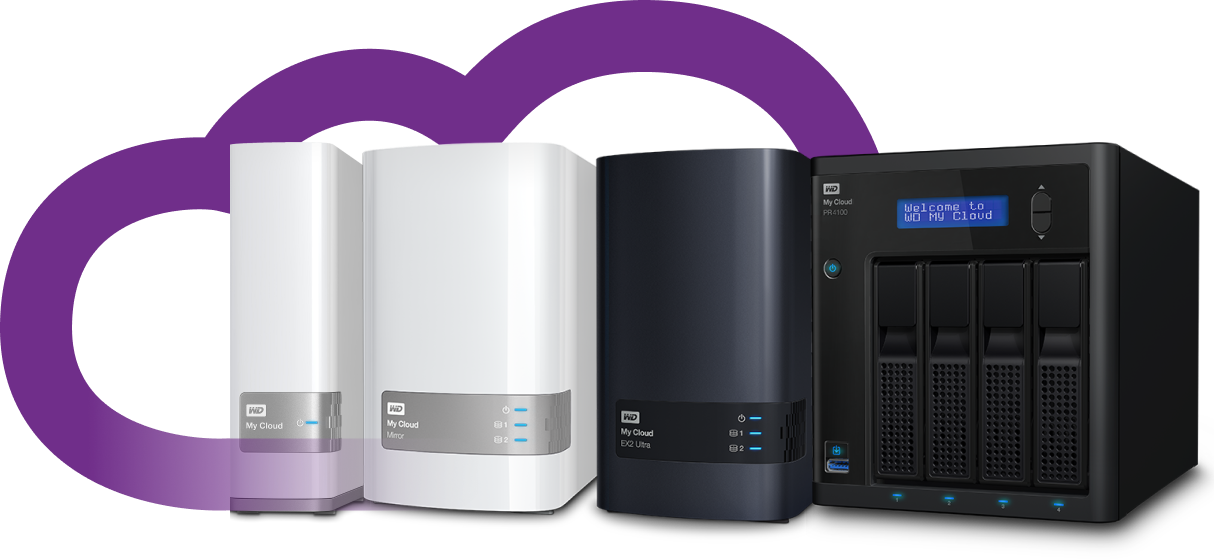
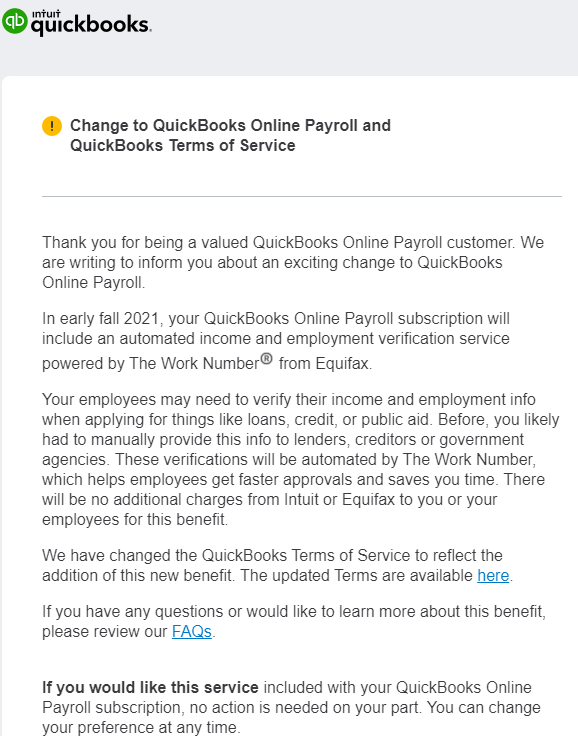
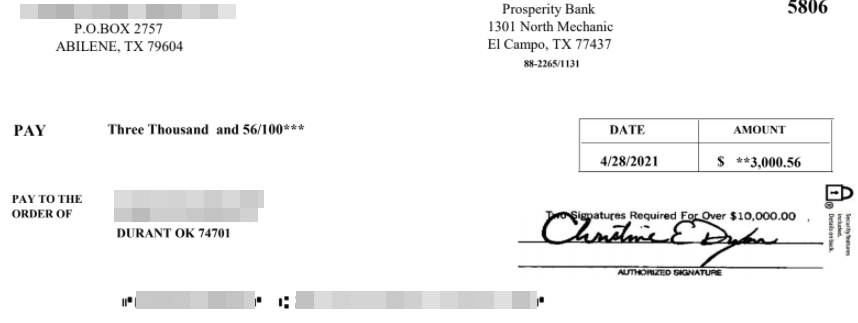

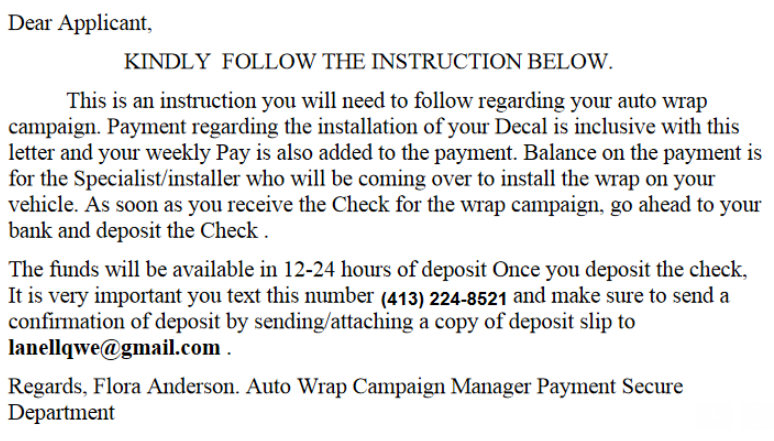
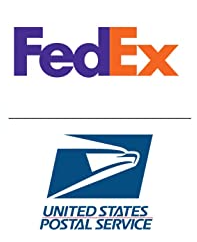 Both the USPS and FedEx have an interest in investigating because the fraudsters in this case are using stolen shipping labels paid for by companies who have no idea their FedEx or USPS accounts are being used for such purposes.
Both the USPS and FedEx have an interest in investigating because the fraudsters in this case are using stolen shipping labels paid for by companies who have no idea their FedEx or USPS accounts are being used for such purposes.